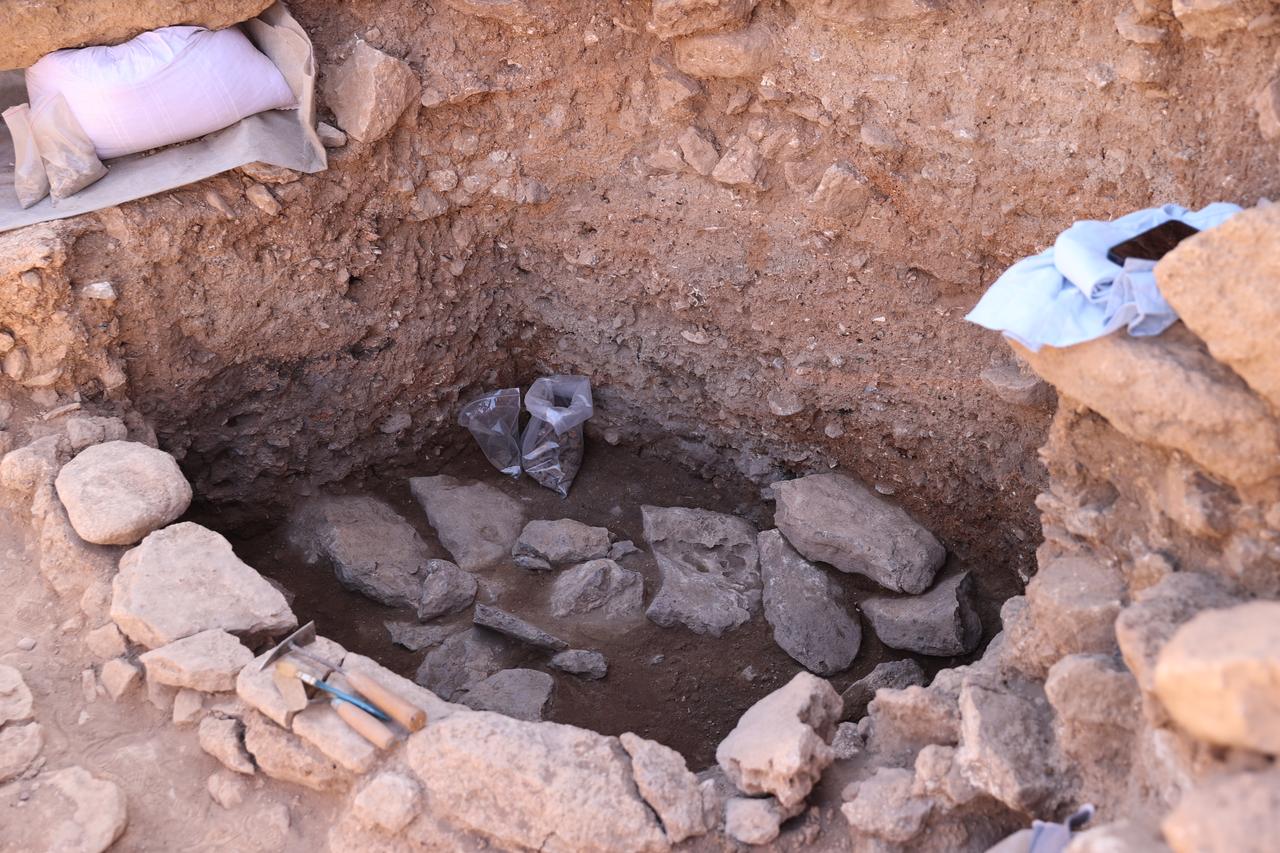
Archaeologists working at Karahantepe in Sanliurfa, within the Tas Tepeler (Stone Mounds) Project area, have uncovered more than 30 small sunken huts used in everyday life by Neolithic communities. The excavations, carried out under the Ministry of Culture and Tourism’s "Heritage for the Future" initiative, continue to bring to light finds that help explain how people lived alongside the site’s communal architecture.
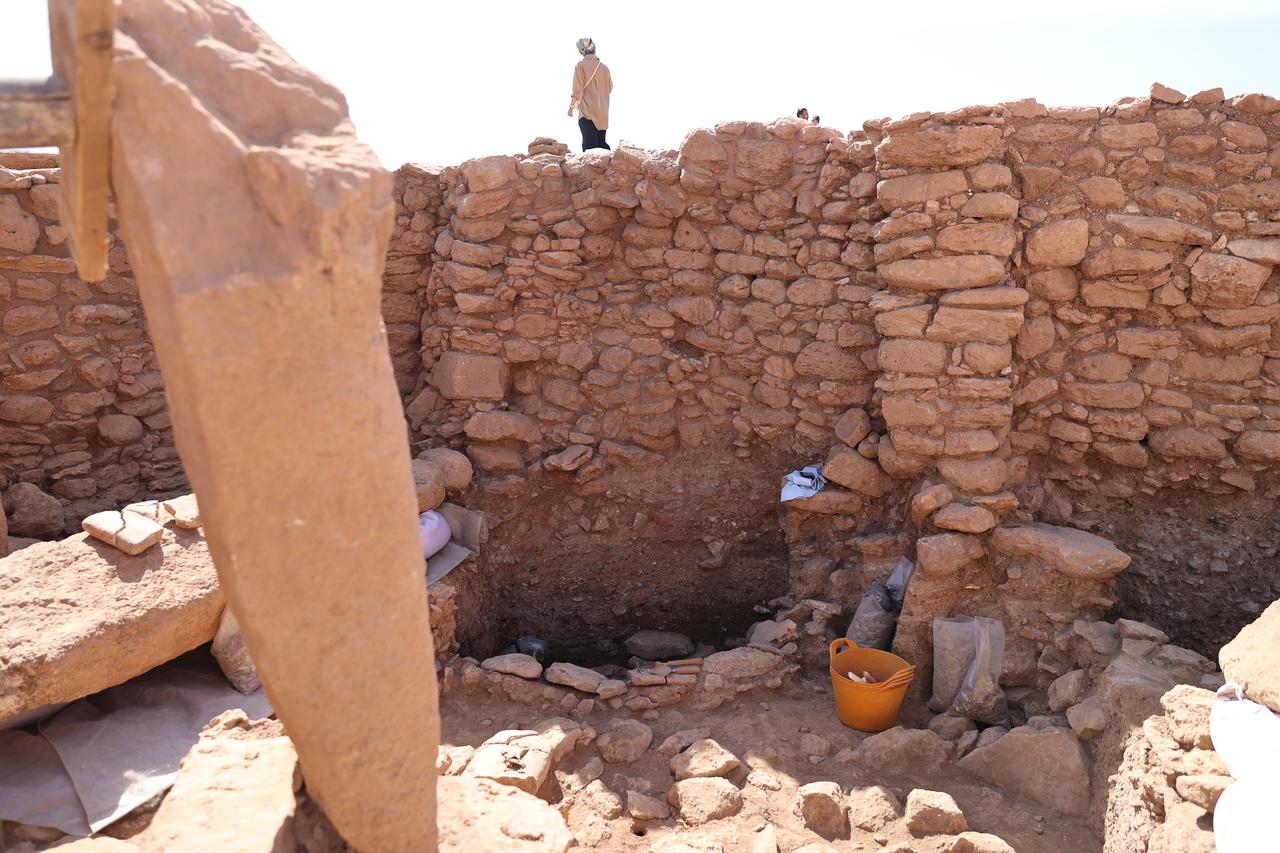
According to excavation director Professor Necmi Karul, the newly exposed area shows a settlement pattern with a central public structure surrounded by tightly packed huts.
This arrangement, he noted, helps researchers work out how the settlement was laid out and how different spaces functioned together.
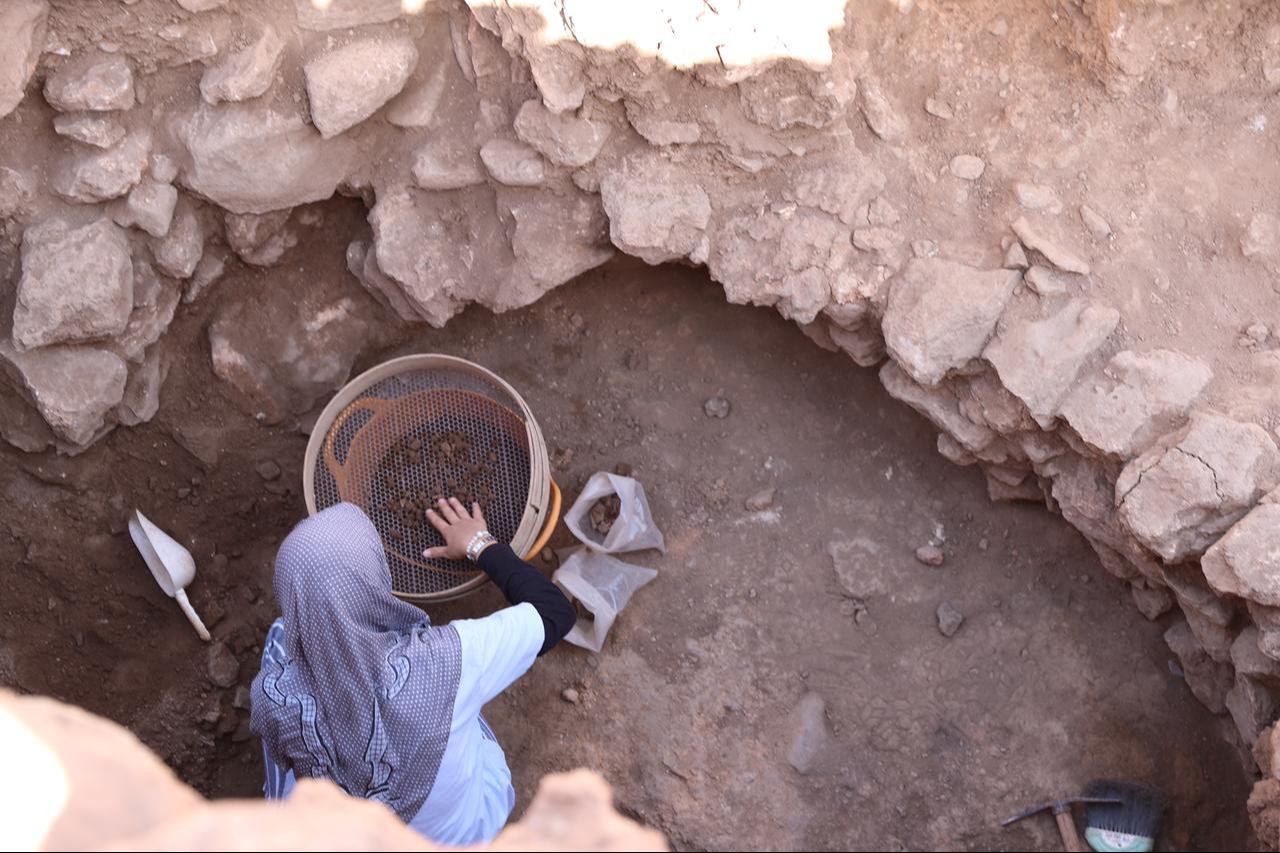
The huts were either cut into bedrock or placed within earlier fills, forming a honeycomb-like block of adjoining units. Professor Karul described notable differences in size, saying: “They vary in size, some are 3 meters in diameter, others 6 meters. The walls are not very symmetrical, meaning the spaces have oval and asymmetrical walls.”
All of the huts were constructed below ground level, indicating that people carried on their daily routines in these sunken spaces.
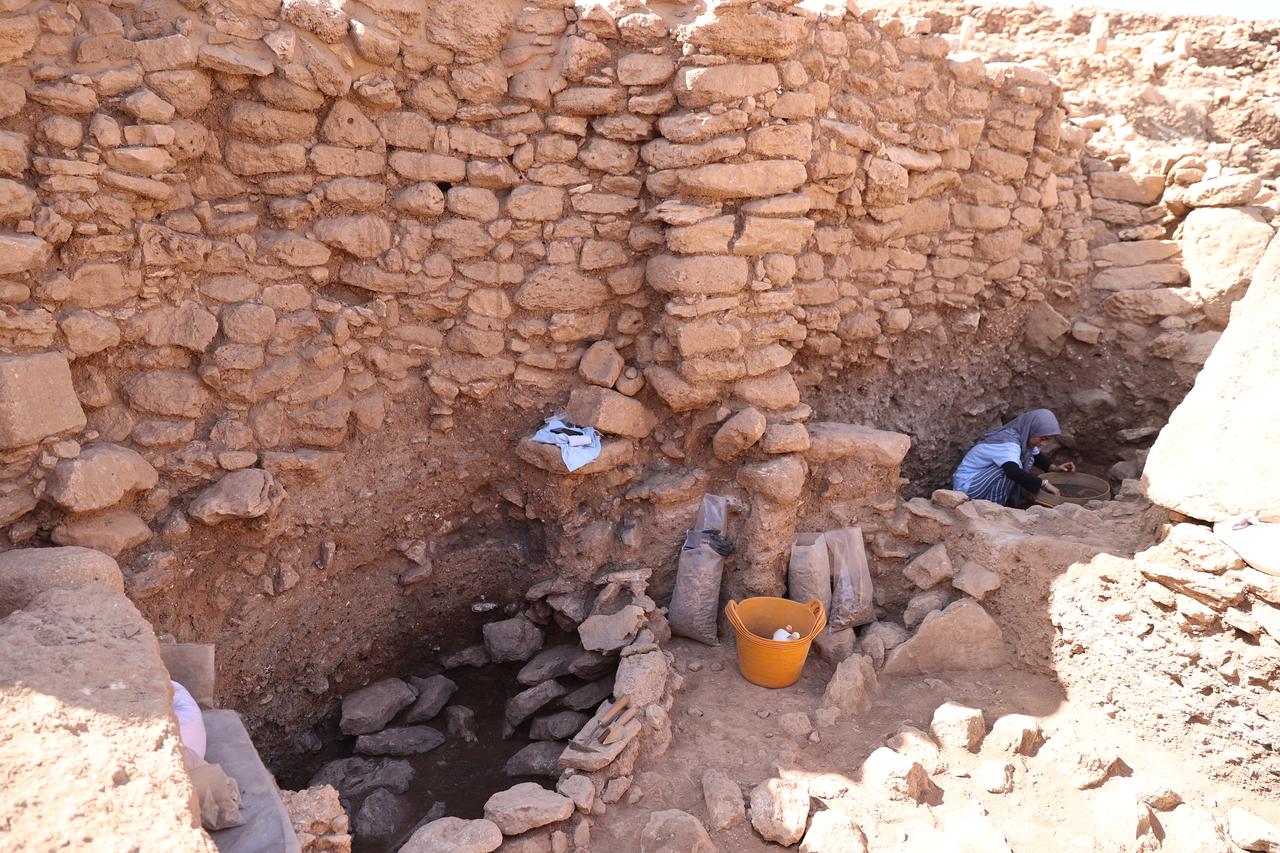
Inside the huts, the team identified standing stones, hearths, and floors arranged with flat stones. They also observed compartments likely used for storage, as well as low platforms where grinding stones were placed. These features help spell out how households prepared food and stored supplies.
Definitions for international readers: “Neolithic” refers to the New Stone Age; a “public building” here means a communal structure used by the wider community; “standing stones” are upright stones set into floors or platforms.
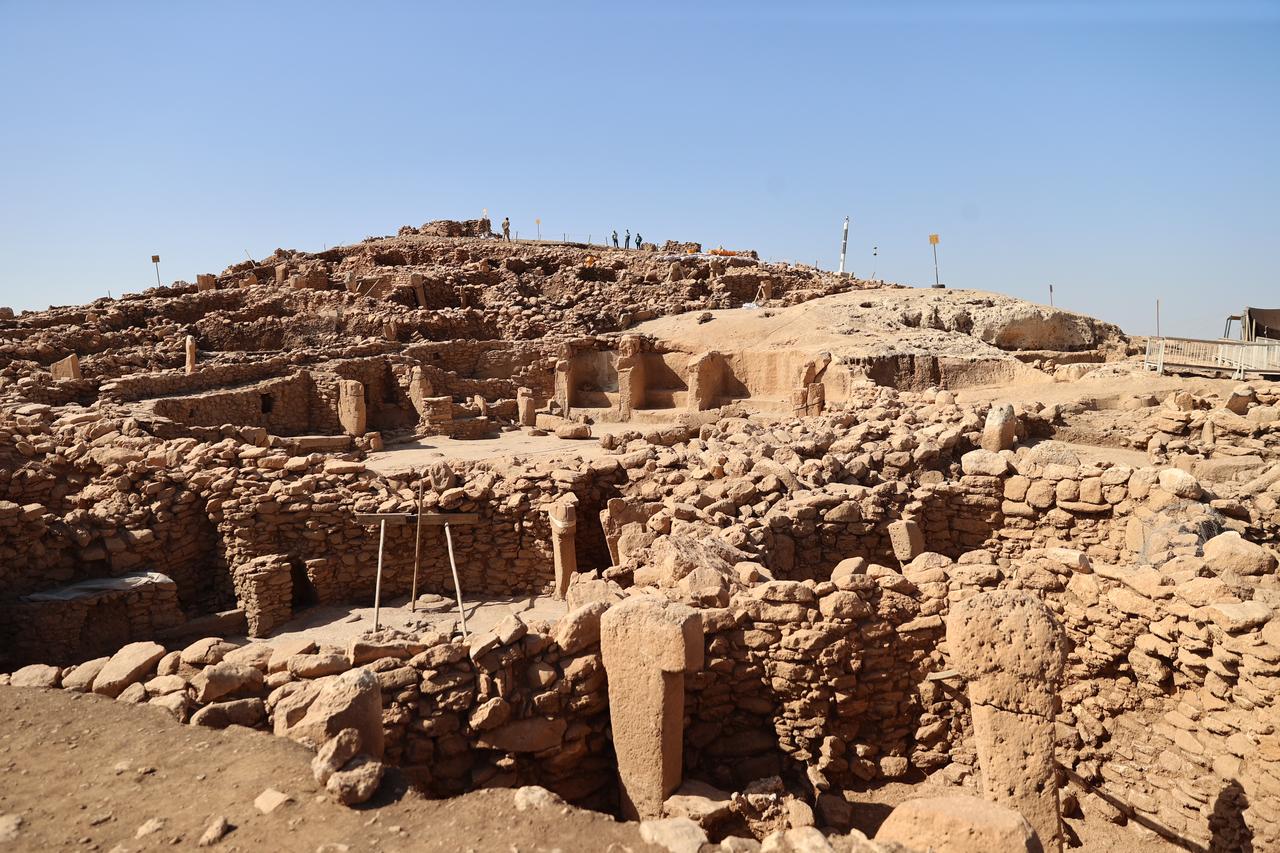
Research indicates that, when these spaces were abandoned, the interiors were intentionally filled with soil, much like the site’s larger communal buildings.
During this process, many standing stones were either broken or deliberately toppled in place before backfilling. When original positions can be identified, the stones are re-set; if found in fragments, they are restored and raised again.